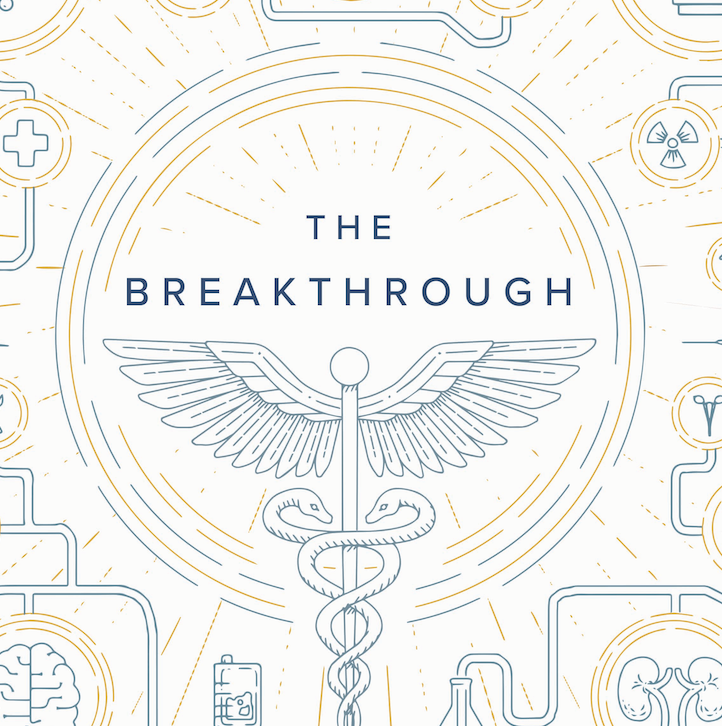For the volunteers, dietitians, and employees of MANNA, the reigning belief is that food is medicine.
First begun as a meal program for the victims of the AIDs epidemic in 1990, MANNA’s mission has blossomed from its roots in the First Presbyterian Church in Philadelphia to an inspiring nonprofit that serves thousands and treats a variety of chronic diagnoses by providing patients weekly deliveries modified to their specific needs, all at no cost to qualifying clients. A 2013 report published by Sage Journals details in scientific clarity the radical benefits (both financial and practical) of MANNA’s service in the lives of its clients and their local healthcare systems. From all angles, it’s clear that MANNA is beneficial in the extreme, the only setbacks to the individual success of the nonprofit’s mission boiling down to the basic troubles of all humans: communication.
In sitting down with a registered dietician and full-time employee of MANNA, I learned a great deal about the nonprofit’s inspiring mission, as well as a great deal about the simple, yet profoundly disruptive, problems plaguing the efforts of MANNA in dealing directly with clients. A dietician plays counsellor, scheduler, and, occasionally, deliveryman to thousands of clients across Pennsylvania and New Jersey. This employee's main understanding of MANNA’s troubles?
“People fall off of our program for a couple reasons,” she explains.
“But most of the time, it’s because they miss their deliveries or forget to schedule essential appointments.”
As one would expect with any large non-profit, MANNA’s rules on both of these fronts are strict: miss just two deliveries in four weeks, and your meals will stop coming. Moreover, meals are delivered within very general time windows. Between doctor’s appointments, mobility issues, and the general stresses of patient life, it can be a struggle for some of MANNA’s clients to meet these requirements. By establishing a simple, intuitive connection between MANNA, their volunteers, and their clients, I aim to bridge these communication gaps and allow the nonprofit to continue its restorative work.
While designing this app, accessibility became the first question: when catering to a population with a variety of coexisting conditions, an app designed for MANNA’s average client should feature the high contrast and large, open interfaces that ease usage for those with minor visual impairments, as well as providing easy access to MANNA’s helplines for those more comfortable connecting via call.
With this in mind, I created a landing interface that would allow quick access to the app’s most readily applicable feature: delivery tracking. Accessible by a simple individualized code distributed via text message and email the morning of the delivery, this function allows the client to enter a short string of characters and receive their individualized live-map of their approaching delivery, along with live updates, without having to sign into the app itself.
For longer-term clients interested in appointment creation, more comprehensive meal information, notifications, and calendar prompts, a simple login is issued by the MANNA office that will allow individuals to view calendars created by MANNA dietitians and staff, including call-to-schedule appointments and opt-in cooking classes that the clients can sign up for in the application itself with the touch of a button. Finally, the app is designed to partner with other health trackers such as MyFitnessPal (which allows patients to log their nutrition), allowing clients to add the detailed nutritional information from an individual meal to their daily log.



















